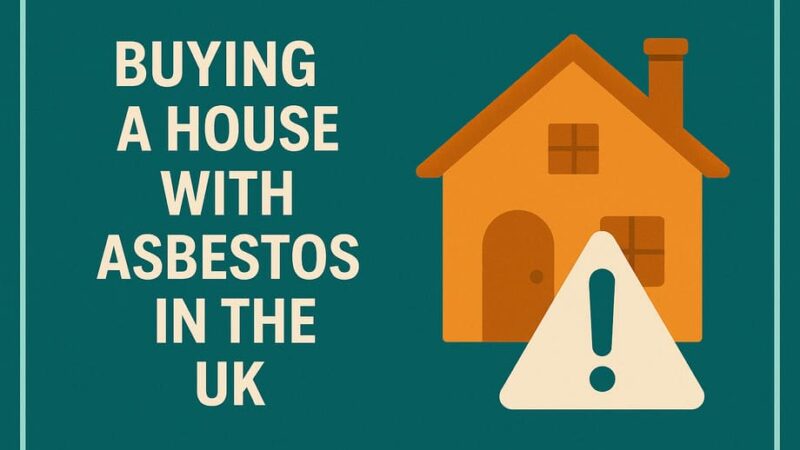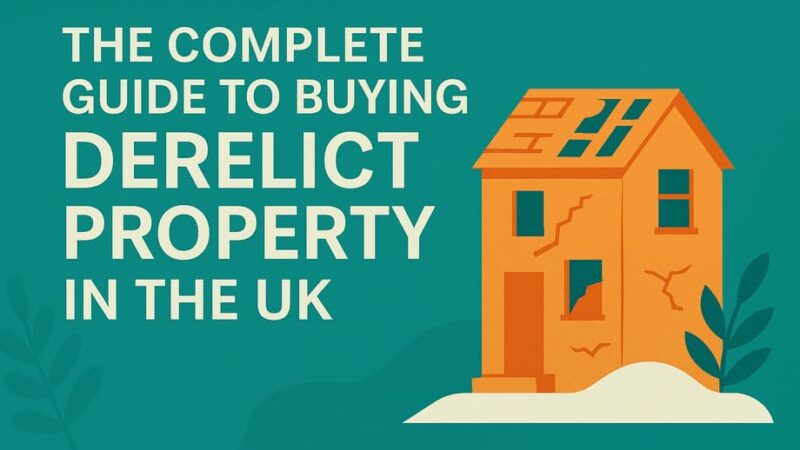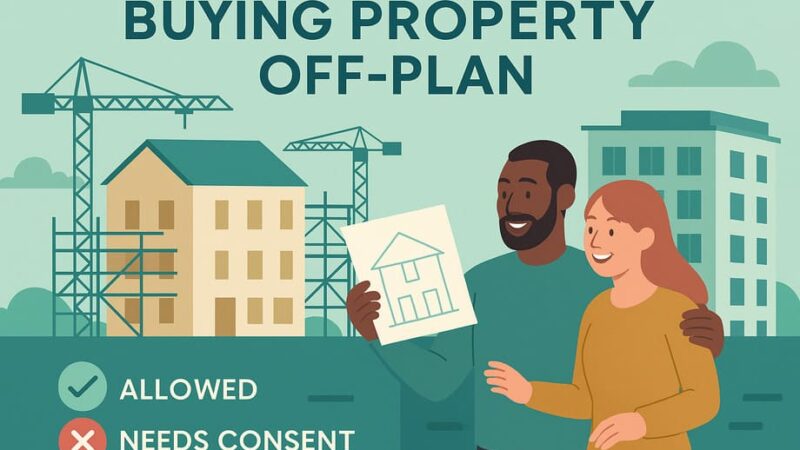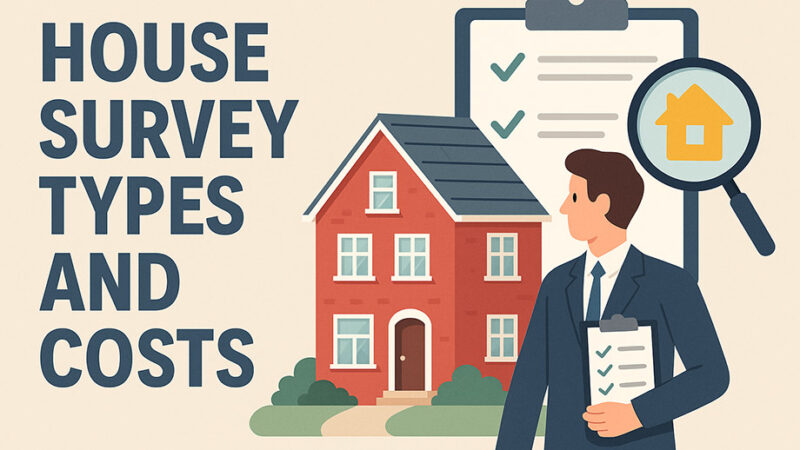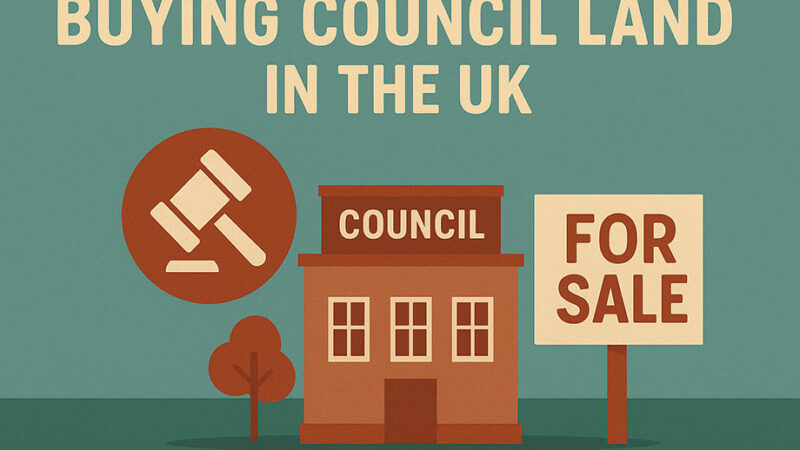What is Right to Buy?
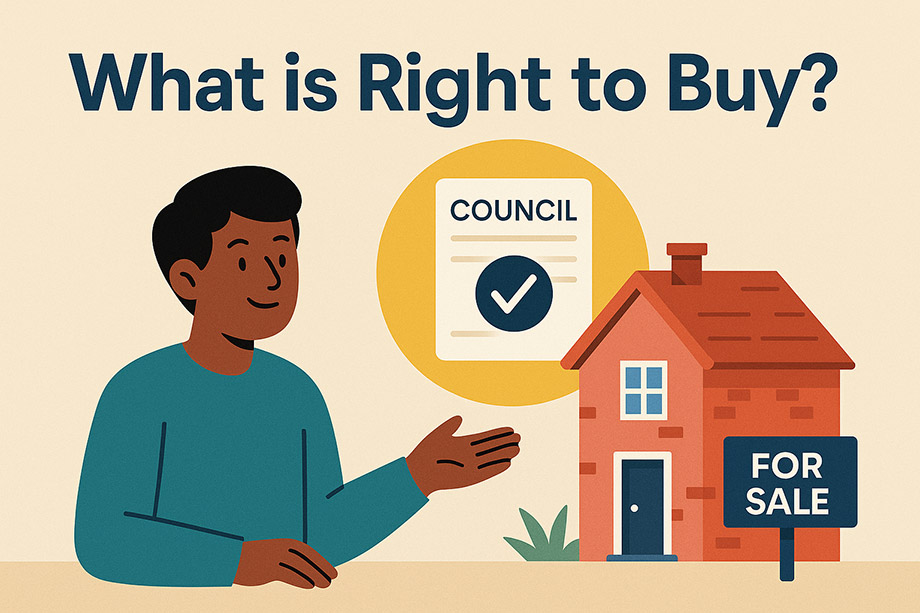
Right to Buy allows eligible council tenants to buy their homes at a discount – but major changes took effect on 21 November 2024, dramatically reducing maximum discounts from £102,400 to between £16,000-£38,000 depending on location. If you applied before this date, you’re still eligible for the higher discounts.
The Right to Buy scheme has been a cornerstone of UK housing policy for over 40 years, helping millions of council tenants become homeowners. However, recent significant changes mean it’s more important than ever to understand how the scheme works, who’s eligible, and what the current rules are.
What is Right to Buy?
Right to Buy has been around for 40 years, after being introduced by Margaret Thatcher in 1980. Right to Buy allows most council tenants to buy their council home at a discount.
The scheme was designed to give long-term council tenants the opportunity to own their homes, building equity and providing stability. Since its introduction, more than two million council homes have been sold under the scheme, fundamentally changing the UK’s social housing landscape.
Key Features of Right to Buy
No Deposit Required: With Right to Buy, there’s no need to save for a deposit – the discount effectively acts as your deposit.
Significant Discounts: You can get substantial discounts based on how long you’ve been a tenant and the type of property.
Mortgage Required: You’ll need to secure a mortgage to cover the discounted purchase price.
Clawback Rules: If you sell your home within five years of purchasing it through Right to Buy, you’ll usually have to repay some – or all – of your discount.
Major Changes: November 2024 Impact
Dramatic Discount Reductions
The most significant change affecting Right to Buy occurred on 21 November 2024, when the government dramatically reduced the maximum discounts available:
Before 21 November 2024:
- Maximum discount: £102,400 across England
- Maximum discount in London: £136,400
From 21 November 2024:
- Maximum discount: £16,000-£38,000 (depending on location)
- London properties: £16,000 maximum discount
- Regional variations apply across England
Grandfather Clause: Applications received before 21 November 2024 from eligible tenants will still be eligible for the current higher discounts.
Why the Changes Were Made
The government made these changes to:
- Reduce the loss of social housing stock
- Enable councils to retain 100% of Right to Buy receipts
- Better reflect local housing markets
- Allow councils to replace homes more effectively
The Right to Buy scheme has led to a significant reduction in the number of social homes, with an average net loss of 24,000 properties per year since 1991.
Current Eligibility Requirements (2025)
Who Qualifies for Right to Buy?
You can apply to buy your council home if:
Basic Requirements:
- It’s your only or main home
- It’s self-contained
- You’re a secure tenant (most council tenants are secure tenants)
- You’ve had a public sector landlord for three years (doesn’t need to be consecutive)
Public Sector Landlords Include:
- Councils
- Housing associations
- NHS trusts
- Other public sector organizations
Additional Requirements:
- You must have no serious legal issues with debt (for example, a county court judgement)
- You must not be under threat of eviction
- You must not be bankrupt or have pending bankruptcy proceedings
Preserved Right to Buy
If your home used to be owned by the council, but they sold it to another landlord (like a housing association) while you were living in it, you may still have the Right to Buy. This is called ‘Preserved Right to Buy’. You can ask your landlord if this applies to you.
Joint Applications
You can make a joint application with:
- Someone who shares your tenancy
- Up to three family members who’ve lived with you for the past 12 months (even if they don’t share your tenancy)
How Right to Buy Discounts Work (2025)
Current Discount Structure
The Right to Buy discount was reduced on 21 November 2024. But if you applied on or before 20 November 2024, you will still be eligible for the higher maximum discount.
New Discount Percentages (from November 2024):
For Houses:
- Basic discount: 35% of property value
- Increases by 1% for every year over 5 years as a public sector tenant
- Maximum percentage: 60% of property value
- But capped at maximum cash amounts listed above
For Flats:
- Basic discount: 50% of property value
- Increases by 2% for every year over 5 years as a public sector tenant
- Maximum percentage: 70% of property value
- But capped at maximum cash amounts listed above
Regional Discount Caps (From November 2024)
The exact discount depends on your location:
- London boroughs: £16,000 maximum
- Other areas: Between £16,000-£38,000 depending on region
- Check with your local council for your specific area’s maximum
Factors Affecting Your Discount
The size of discount you can get depends on:
- How long you’ve been a tenant with a public sector landlord
- The type of property you’re buying (house vs. flat)
- The value of the home you wish to buy
- Your location in England
Discount Calculator: Use the government’s Right to Buy discount calculator on the Own Your Home website to estimate your potential discount.
Properties Excluded from Right to Buy
Some properties are excluded from Right to Buy, including:
Accommodation Types:
- Properties on long-term fixed leases of 21 years or more
- Sheltered housing for older or disabled people with warden services
- Properties particularly suitable for elderly people
- Properties provided for specific purposes (e.g., police houses)
Business and Agricultural Properties:
- Properties that are part of agricultural premises
- Flats above shops or other businesses
- Properties in the grounds of public buildings (e.g., schools)
Charitable and Private Properties:
- Properties owned by charities that don’t receive public funds
- Properties let from private landlords
Properties Under Notice:
- Properties subject to demolition notices
- Properties where possession orders are in place
The Right to Buy Application Process
Step 1: Check Eligibility
Use the eligibility checker on the Own Your Home website to find out if you can apply, or contact your landlord directly.
Step 2: Submit Your Application
Complete the RTB1 Form: Fill in the Right to Buy application form (RTB1 notice) and send it to your landlord.
Response Timeline:
- Your landlord must respond within 4 weeks of receiving your application
- If you’ve been with your landlord for less than 3 years, they have up to 8 weeks to respond
- If refused, they must explain why
Step 3: Receive the Offer
If your landlord agrees to sell, they’ll send you an offer within:
- 8 weeks for freehold properties
- 12 weeks for leasehold properties
The Offer Will Include:
- Their asking price and how it was calculated
- The level of discount and how it was worked out
- Property description and any land included
- Service charge estimates for flats (first 5 years)
- Any known structural problems
Step 4: Accept or Negotiate
You have 12 weeks to reply and either accept or decline the offer.
If You Don’t Reply:
- The landlord will send a reminder giving you 28 days
- If you still don’t reply, they may withdraw the offer
Step 5: Independent Valuation (if needed)
If you think the price is too high:
- You must reply within 3 months of getting the offer
- You can request an independent valuation
- A district valuer from HMRC will visit and value the property
- You then have 12 weeks to accept their valuation or withdraw
Getting a Mortgage for Right to Buy
Mortgage Requirements
Once you’ve accepted your Right to Buy offer, you’ll need to secure a mortgage just like any other home purchase.
Consider All Costs:
- Solicitor’s fees
- Property surveys
- Mortgage arrangement fees
- Stamp duty (if applicable)
- Moving costs
Specialist Right to Buy Mortgages
Some lenders offer mortgages specifically designed for Right to Buy purchases:
- May have different criteria
- Could offer competitive rates
- Understand the unique aspects of Right to Buy transactions
Important: Shop around and get mortgage advice from qualified brokers who understand Right to Buy transactions.
When Right to Buy Can Be Refused
Tenant-Related Reasons
Right to Buy can be refused if:
- You don’t have a secure tenancy
- You have less than 3 years of public sector tenancy
- Your home is under a possession order
- You’re an undischarged bankrupt or have pending bankruptcy
- You have arrangements with creditors for debt management
- You have a court order suspending Right to Buy due to antisocial behaviour
Property-Related Exclusions
Your application may be refused if your property is:
- Subject to a demolition notice
- Designated for specific groups (elderly, disabled)
- Part of sheltered housing schemes
- On a long-term lease
- Owned by certain types of organizations
Cost Floor Protection
What It Means: We cannot sell a property for less money than we have spent on it. If we have spent £5,500 or more improving your home over the past 10 years, and the discount reduces the price below what was spent, ‘cost floor’ rules may apply.
Recent Changes: The government increased the cost floor protection period from 15 to 30 years in November 2024, meaning councils can recoup more of their investment before offering discounts.
The Clawback Period: What Happens If You Sell
Five-Year Clawback Rule
If you sell your home within five years of buying it through Right to Buy:
- You’ll have to pay back some or all of your discount
- The amount decreases each year you keep the property
- This prevents people from quickly profiting from the scheme
Repayment Scale:
- Year 1: Repay 100% of discount
- Year 2: Repay 80% of discount
- Year 3: Repay 60% of discount
- Year 4: Repay 40% of discount
- Year 5: Repay 20% of discount
- After 5 years: No repayment required
Proposed Changes to Clawback
The government is considering extending the clawback period from 5 to 10 years to further protect public investment in social housing.
Regional Variations
England
The scheme continues to operate with the new discount rules from November 2024.
Other Nations
Important Note: The scheme still runs in England but there are different rules for Wales, Scotland and Northern Ireland.
- Wales: Has its own housing policies and Right to Buy rules
- Scotland: Different system with Right to Buy largely ended for new tenants
- Northern Ireland: Has the House Sales Scheme with different rules
Costs and Financial Considerations
Purchase Costs Beyond the Discount
Legal Fees: Solicitor costs for conveyancing and legal work.
Survey Costs: Property surveys to check for structural issues.
Mortgage Fees: Arrangement fees, valuation costs, and other lender charges.
Service Charges: For flats, ongoing service charges for communal areas and maintenance.
Maintenance Responsibilities: As a homeowner, you become responsible for all repairs and upkeep.
Ongoing Costs
Council Tax: May change from what you currently pay.
Buildings Insurance: Required for mortgage and homeowner protection.
Home Maintenance: All repairs become your responsibility.
Service Charges: For leasehold properties, ongoing management charges.
Future Reforms Under Consideration
Proposed Changes Being Consulted On
The government is considering further reforms including:
Eligibility Changes:
- Increasing the minimum tenancy period from 3 to 5, 10, or more years
- Preventing multiple uses of Right to Buy by the same person
- Excluding those who already own property
Discount Changes:
- Further reducing percentage discounts to 0-20% range
- Aligning discounts more closely with local housing markets
Property Exemptions:
- Exempting new-build council homes for specified periods
- Protecting recent retrofit investments
- Updating definitions of exempt property types
Timeline for Changes
The government conducted an 8-week consultation from 20 November 2024 to 15 January 2025. Further changes may be implemented based on consultation responses.
Alternatives to Right to Buy
If You’re Not Eligible or Discounts Are Too Low
Shared Ownership: Buy a share of a property (typically 25-75%) and pay rent on the remainder. You can buy additional shares over time.
Help to Buy (Regional Schemes): Some areas still offer government-backed purchase assistance schemes.
First Homes Scheme: Discounted homes for local first-time buyers and key workers.
Rent to Buy: Live in a property as a tenant with the option to purchase later.
Professional Advice
Mortgage Brokers: Can help find the best mortgage deals for your situation.
Financial Advisors: Can assess whether homeownership is right for your circumstances.
Citizens Advice: Free, impartial advice on housing options and financial matters.
Benefits and Drawbacks of Right to Buy
Benefits
Homeownership Security: Own your home rather than renting.
Building Equity: Your mortgage payments build ownership value.
Freedom to Modify: Make changes to your property as you wish.
No Deposit Required: The discount acts as your deposit.
Potential Investment: Property may increase in value over time.
Drawbacks
Reduced Discounts: Significantly lower discounts since November 2024.
Maintenance Responsibility: All repairs and upkeep become your responsibility.
Service Charges: For flats, ongoing charges for communal areas.
Clawback Risk: Must repay discount if selling within 5 years.
Limited Social Housing: Reduces available social housing for others.
Financial Commitment: Long-term mortgage obligations and costs.
Getting Help and Advice
Free Resources
Right to Buy Agent Service: Contact for free and impartial advice or help with applications.
Own Your Home Website: Government resource with calculators and guidance.
Citizens Advice: Free housing and financial advice.
Local Council: Your housing department can provide specific guidance.
Professional Services
Mortgage Brokers: Specialist advice on Right to Buy mortgages.
Solicitors: Legal assistance with the purchase process.
Surveyors: Property condition assessments and valuations.
Financial Advisors: Comprehensive financial planning advice.
Frequently Asked Questions
Can I Buy My Flat Under Right to Buy?
Yes, the scheme applies to both houses and flats, though flats may have higher percentage discounts but the same cash caps.
What If I Have Rent Arrears?
You must clear any rent arrears before the purchase can complete – typically 4 weeks before completion.
Can I Buy with Bad Credit?
You’ll need to secure a mortgage, so credit history matters. Some specialist lenders may help those with credit issues.
What About Shared Ownership Properties?
Shared ownership properties have different rules – check with your housing provider about your options.
Can I Appeal a Refusal?
Yes, you can challenge refusal decisions through your local council’s complaints process or seek legal advice.
Making the Right Decision
Is Right to Buy Right for You?
Consider these factors:
Financial Readiness:
- Can you afford mortgage payments, maintenance, and service charges?
- Do you have stable income for long-term commitments?
- Can you handle unexpected repair costs?
Personal Circumstances:
- Do you plan to stay in the area long-term?
- Are you prepared for homeowner responsibilities?
- Would renting remain more suitable for your lifestyle?
Market Conditions:
- Are local property prices rising or falling?
- What are current mortgage rates?
- How do purchase costs compare to ongoing rent?
Take Professional Advice
Given the complexity of Right to Buy and recent changes, consider getting advice from:
- Qualified mortgage brokers
- Independent financial advisors
- Housing charity advisers
- Legal professionals
Conclusion: Right to Buy in 2025
The Right to Buy scheme remains available to eligible council tenants, but the landscape has changed dramatically since November 2024. While discounts are now significantly lower, the scheme still offers a path to homeownership for long-term social housing tenants.
Key Takeaways:
- Discounts have reduced substantially from November 2024
- Applications before 21 November 2024 retain higher discount eligibility
- Further reforms are being considered that may change eligibility and discounts
- Professional advice is more important than ever given the changes
- Alternative homeownership schemes may be worth considering
If You’re Considering Right to Buy:
- Check your eligibility carefully
- Calculate the true cost including all fees and ongoing expenses
- Get professional mortgage and financial advice
- Consider your long-term housing needs
- Compare with alternative homeownership schemes
- Don’t rush – ensure it’s the right decision for your circumstances
The Right to Buy scheme has helped millions of people onto the property ladder since 1980, but it’s important to understand that the current scheme is very different from its high-discount predecessor. Take time to fully understand the implications and seek professional advice to determine if it’s the right choice for your situation.
Remember: Buying a home through Right to Buy is a major financial commitment. Make sure you understand all the costs, responsibilities, and long-term implications before proceeding.
Last Updated on August 3, 2025 by James Cartwright


